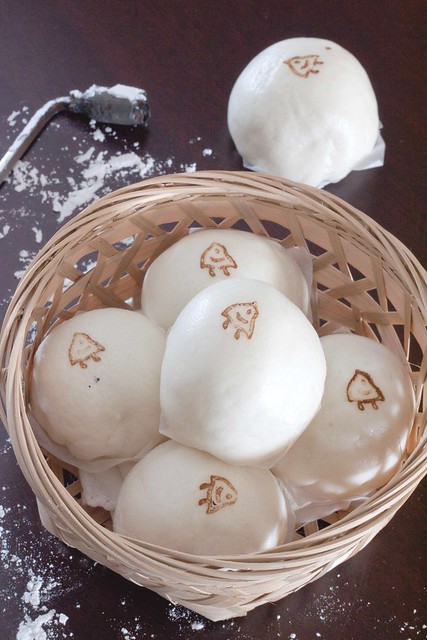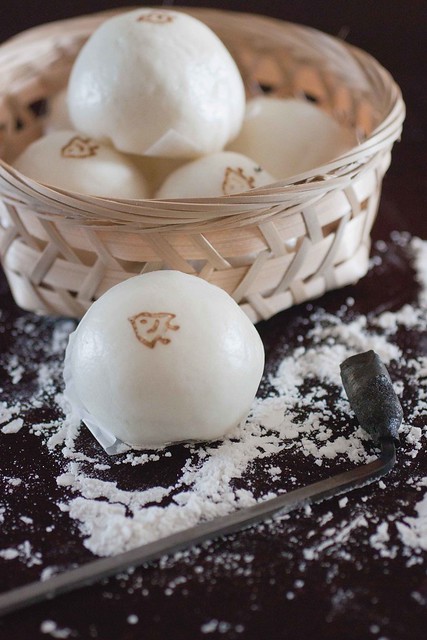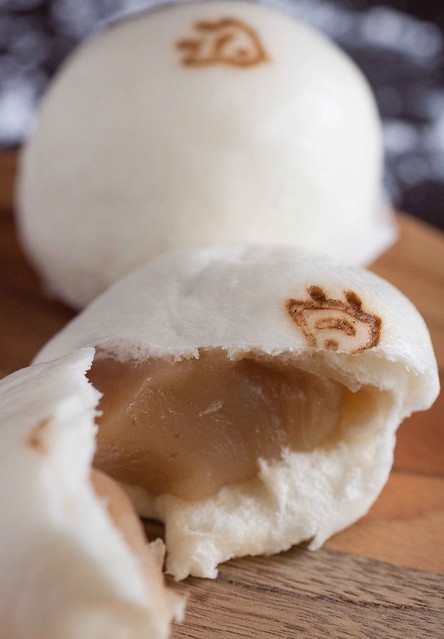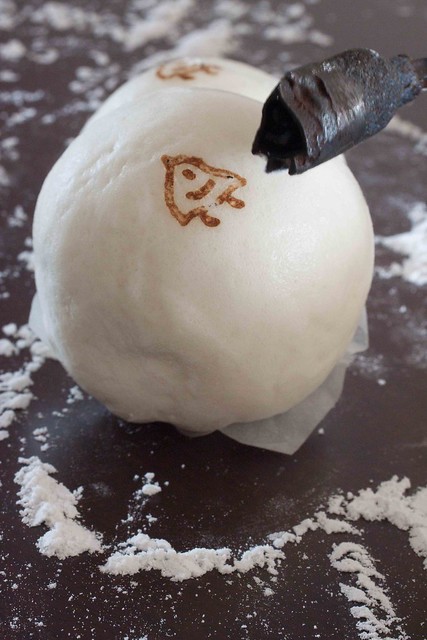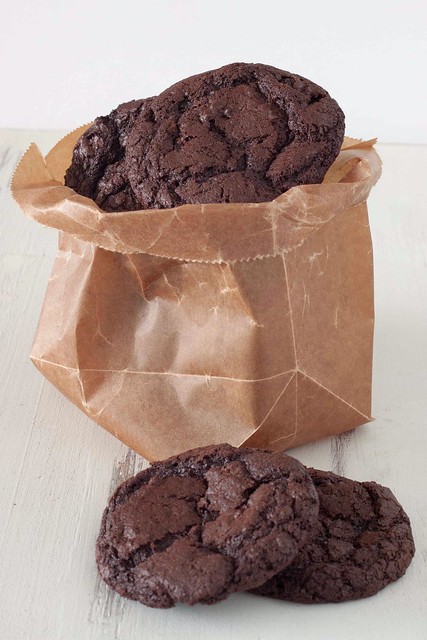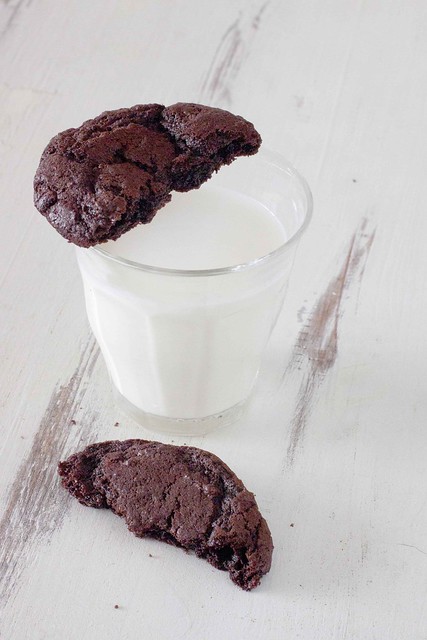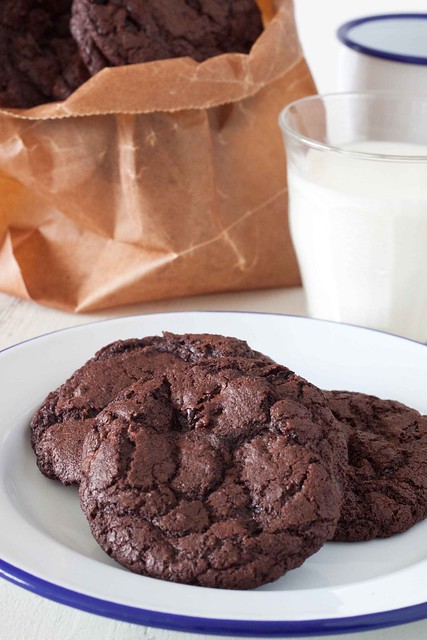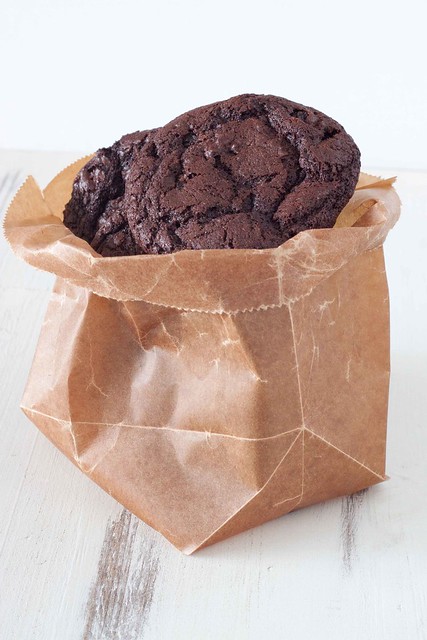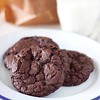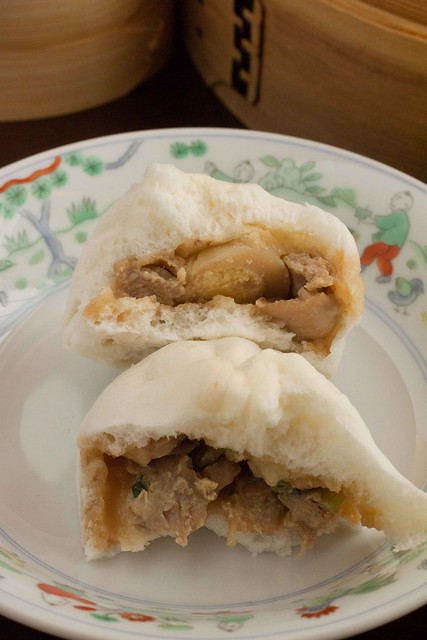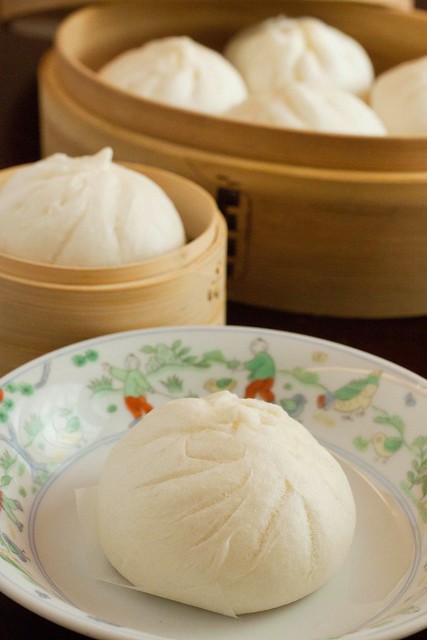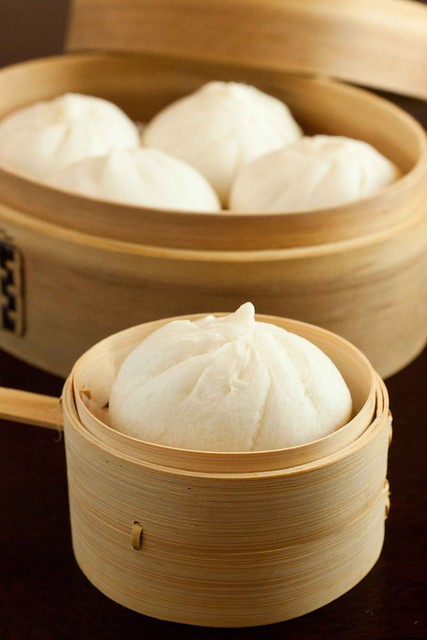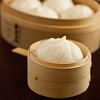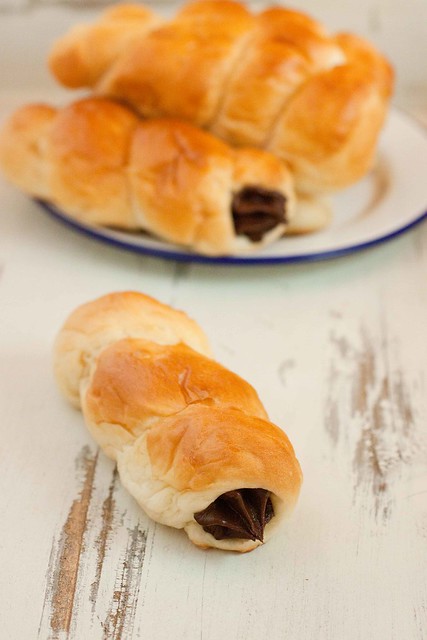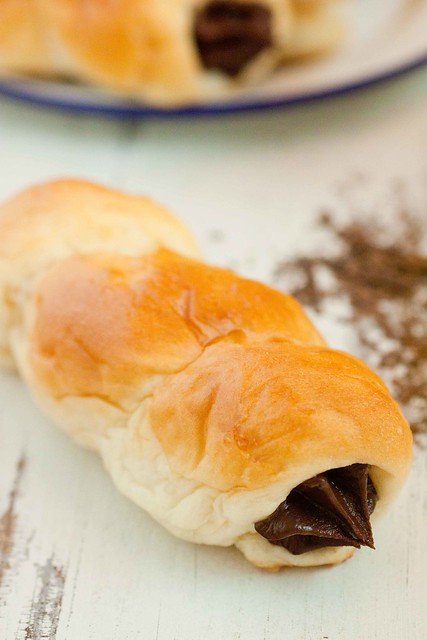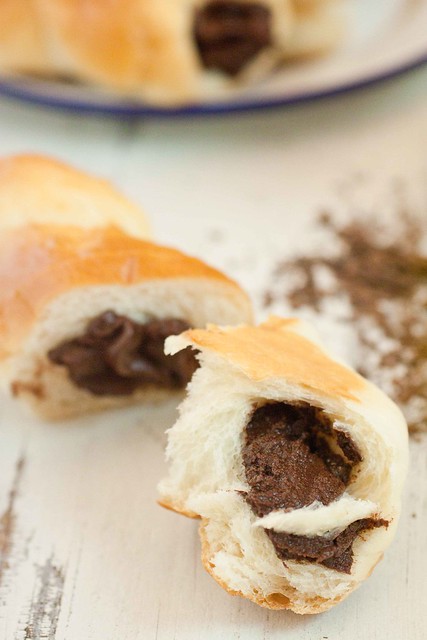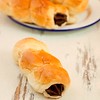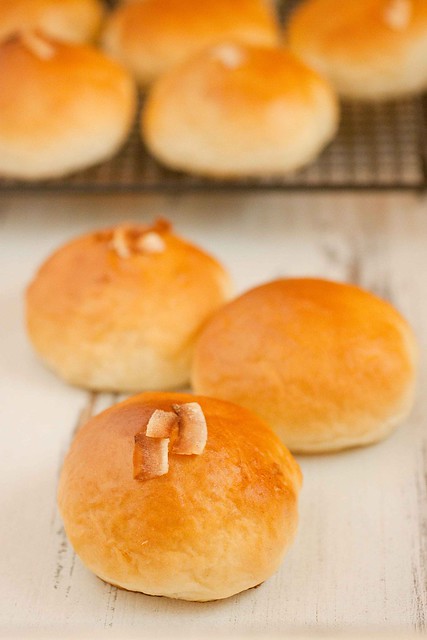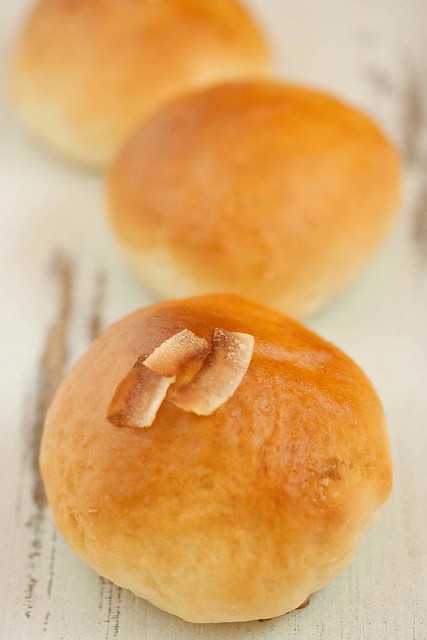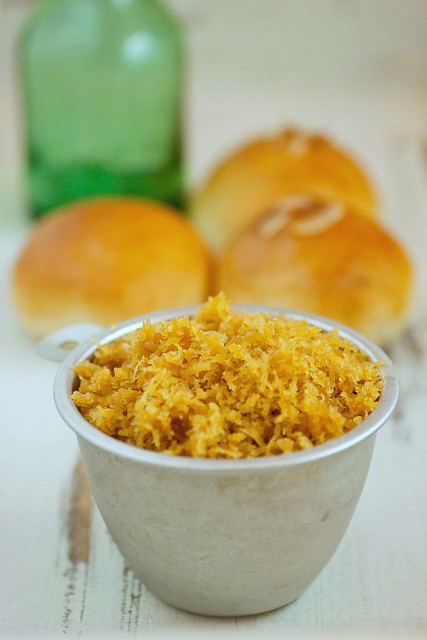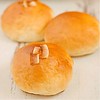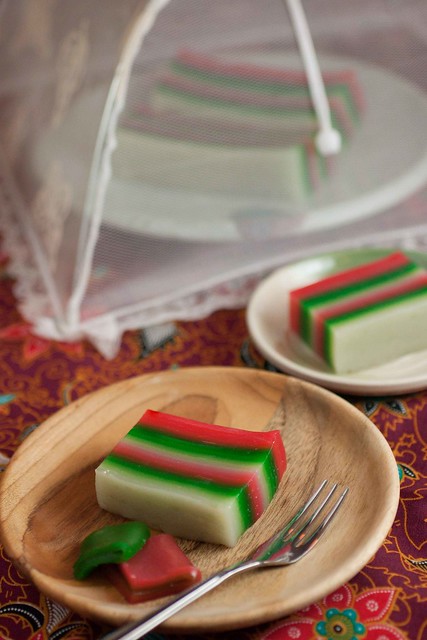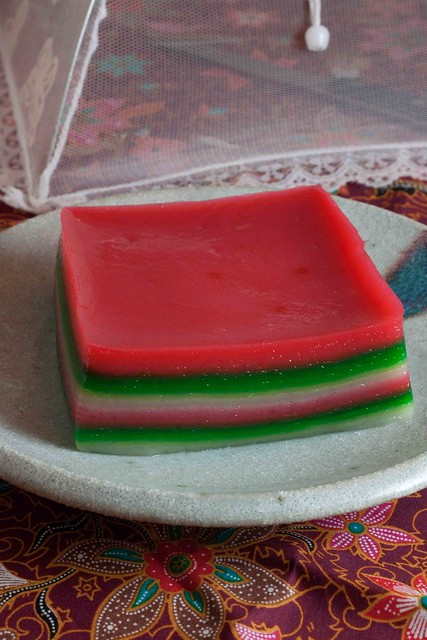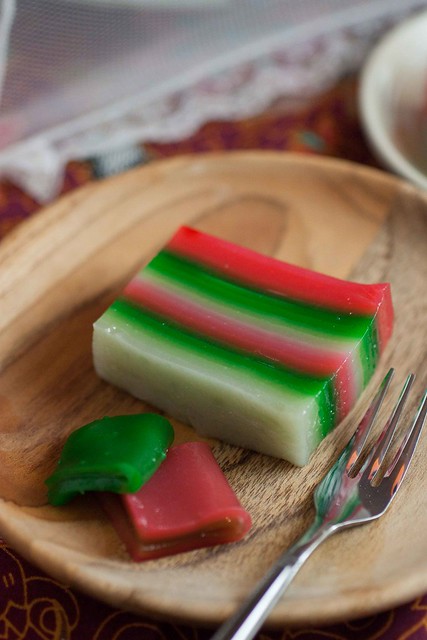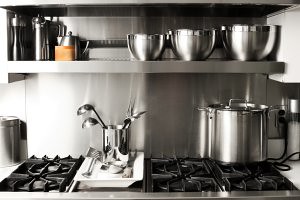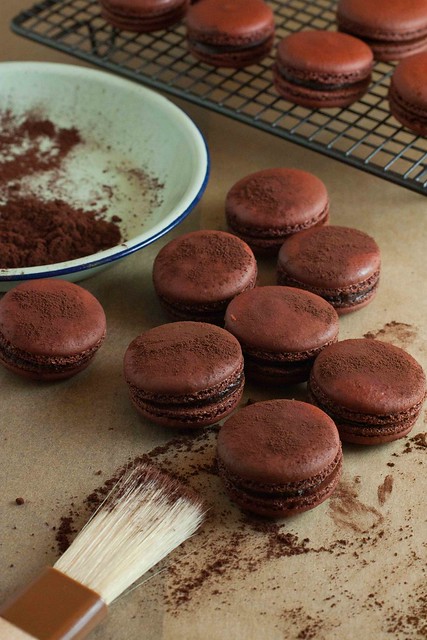
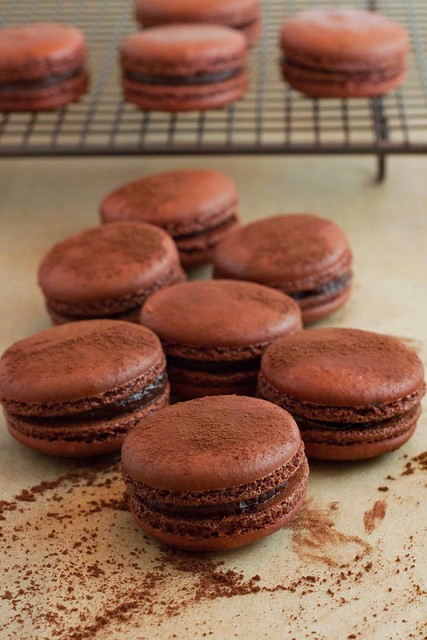
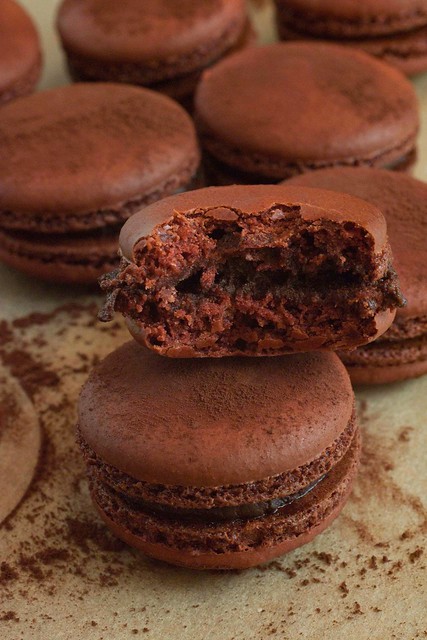
A while back, I was on a roll with
Pierre Herme's sables. I was so entrenched in those recipes that for a while I thought I had found a new defining moment for myself. You've probably noticed that I am currently
in the mood for macarons and what better way to merge the two obsessions than to experiment with the Macaron Master's recipes?
Pierre Herme's macarons have to be the most celebrated in the pastry world. My first encounter with the Macaron was at
Laduree when I was in Paris for the first time almost 10 years ago. At that time, I was staying at a hotel at Champs Elysees and I was ignorant about Laduree's fame. I ventured in one Sunday morning because it was a pretty restaurant/ cafe and I wanted to have breakfast. I recall being overwhelmed by the queue and the crowd hovering over the pastry counter. It was then that I spotted these colourful, gem-like pastries. I joined the queue and bought a gift box of macarons which I brought back to the office as souvenirs.
When I returned to Paris again 2 years ago, I could have gone to
Pierre Herme's Patisserie, but strangely, I didn't feel compelled to do so. Perhaps it was because I had already seen his creations in Tokyo or perhaps I had other higher priorities like shopping for cookware at
E.Dehillerin...
Whatever it is, it has not stopped me from lusting after his coveted cookbook
Macarons. Available only in French now, I am waiting fervently for the English translation. In the mean time, I have tried to search for others who may have baked from the book. 2 recipes stood out, one is a
Ketchup Macaron recipe which is too unorthodox for me. The other is this Macaron au Chocolate Amer which incorporates melted 100% Chocolate. Chocolate has the infamous reputation of destabilising meringue and up till now, I have never quite come across any recipe that calls for the use of melted chocolate in a macaron biscuit or even a chocolate chiffon ( I have only come across one recipe). Cocoa powder is most commonly used and a good quality cocoa powder like Valrhona will give a deep rich chocolate hue to the pastry.
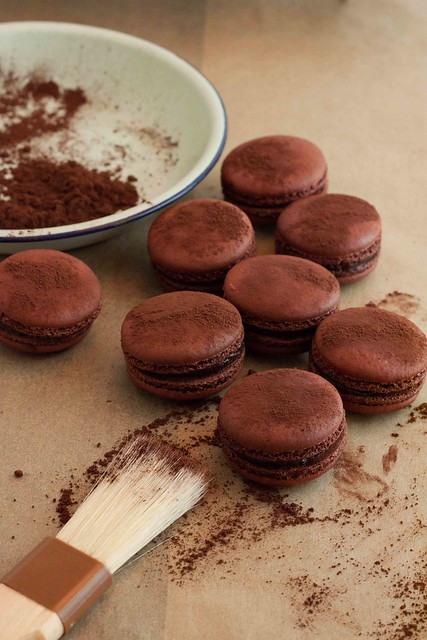
I did not succeed during my first attempt because I had been too confident and had gone ahead to bake it at 155C like I have done before. The shell of the macaron, though looked smooth and lovely in the oven turned out to be quite soft. Upon cooling, this immediately turned all puny and wrinkled. Luckily, with macarons, I have cultivated the habit of piping a few macarons on 2 small sheets for test baking. This allows me to check for proper drying which can be reflected in the proper development of the macaron feet.
I reverted back to the instructions in the recipe which called for baking the macarons at 180C with fan mode.
This time round, the macarons turned out well. The shell is not as crisp as the last 2 recipes but slowly crystalised over time to yield a very delicate thin shell with a sponge-like chewy center- most fascinating.
The beauty of this recipe is that the 100% Cocoa is so bitter, it actually neutralizes the sweetness of the meringue quite effectively.
 Recipe : (from here)
Shell
Recipe : (from here)
Shell
150g Almond Meal
150g Icing Sugar
55g Egg White A
2g Red colouring
150g Castor Sugar
2.5 tbsp Water
55g Egg White
60g 100% Dark Chocolate
Ganache Filling
180g 70% Dark Chocolate
20g 100% Dark Chocolate
200g Cream
70g Butter (room temperature)
Method :
To make the shells
Line 2-3 baking sheets with baking parchment. Mark the parchment with circles 1½in/3.8mm wide (I drew around a piping nozzle of the correct diameter), spacing them ¾in/2cm apart. Turn the paper over (the circles should show through).
Sift the icing sugar and ground almonds (you’ll need a fairly wide mesh sieve for this) into a large bowl.
Chop the 100% cocoa solids chocolate and put it in a bowl over a pan of just-simmering water, leaving it to melt and reach a temperature of 122F/50C.
Divide the egg whites into two equal portions.
Mix the food colouring into one portion and add to the bowl with the icing sugar and almonds (no need to mix it).
Put the mineral water in a small pan and add the granulated sugar. Heat gently until the sugar dissolves, then boil the syrup using a thermometer to track its temperature.
Meanwhile, put the other half of the egg whites in a bowl and plug in the electric beaters. When the syrup reaches 240F/115C, begin to beat the second quantity of egg whites to soft peaks.
Once the syrup reaches 244F/118C, pour it slowly on to the whites, beating all the time. Keep beating until the mixture returns to a soft peak consistency and has cooled to 122F/50C. (This egg white-syrup mousse is what chefs call an Italian meringue.)
Add the beaten egg whites to the bowl with the icing sugar and almonds.
Mix, then add the melted chocolate. Once it is incorporated, beat the mixture hard with a wooden spoon for a minute or so, without trying to incorporate more air.
Spoon the mixture into a piping bag fitted with a ³/8in/10mm plain tip. (Depending on the size of your piping bag, you’ll probably need to do this in three or four batches.)
Pipe the mixture onto baking sheets lined with the parchment paper marked with circles. Using a sifter, sprinkle lightly with powdered cocoa (you’re aiming for a few freckles, not an even dusting).
Tap the baking sheets on a work surface covered with kitchen towel.
Let the shells stand for half an hour, until a skin forms on the surface. Meanwhile, preheat the oven to 350F/180C/gas mark 4.
Slide the baking sheets into the preheated oven. Bake for 12 minutes, quickly opening and shutting the oven door twice during the cooking time to let the steam escape.
Take the baking sheets out of the oven. Slide the sheets of parchment paper with shells onto a work surface and leave to cool.
To make the ganache
Cut the butter into pieces.
Put the chocolate into a bowl. Boil the cream and pour about a third at a time onto the chopped chocolate, mixing each time. The mixture will separate and look grainy, but keep mixing and it will come together.
Allow the chocolate mixture to cool to 122F/50C.
Add the chopped butter and beat until smooth.
Pour into a wide dish. Press clingfilm onto the surface of the ganache and refrigerate until thick enough to pipe.
To assemble the macarons
Spoon the ganache into a pastry bag fitted with a ³/?in/10mm plain tip. Pipe a generous mound onto a shell, then top with another shell, twisting lightly so that the filling spreads and bulges enticingly.
Store covered in the fridge for at least 24 hours to allow the inside of the macaron shells to soften.
Bring back to room temperature before eating.
